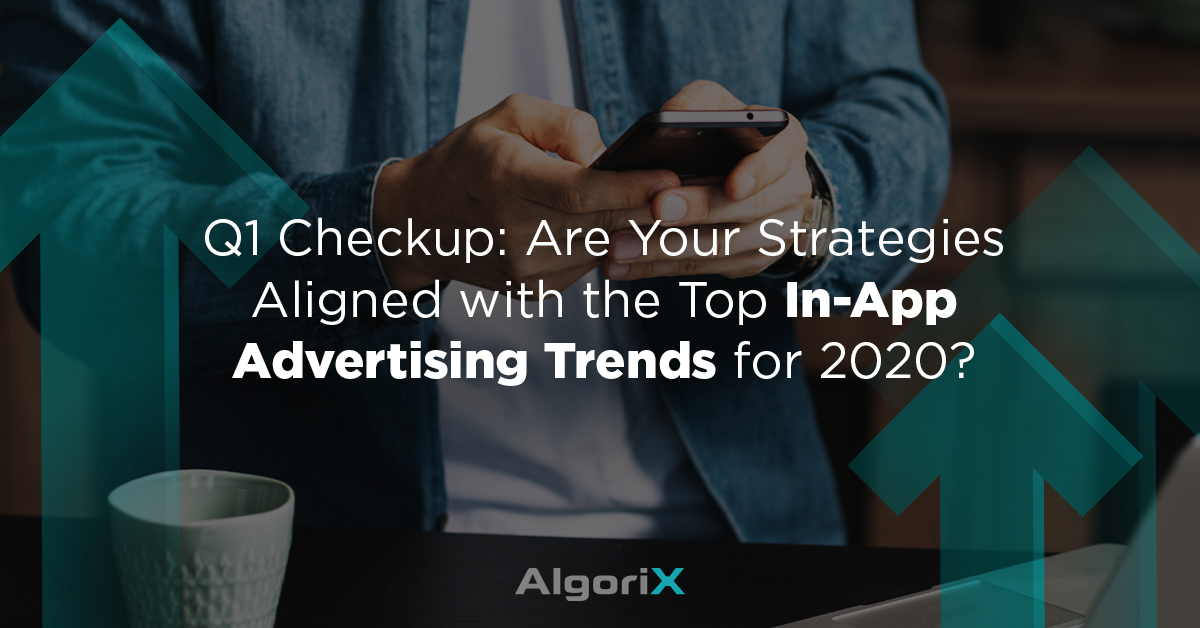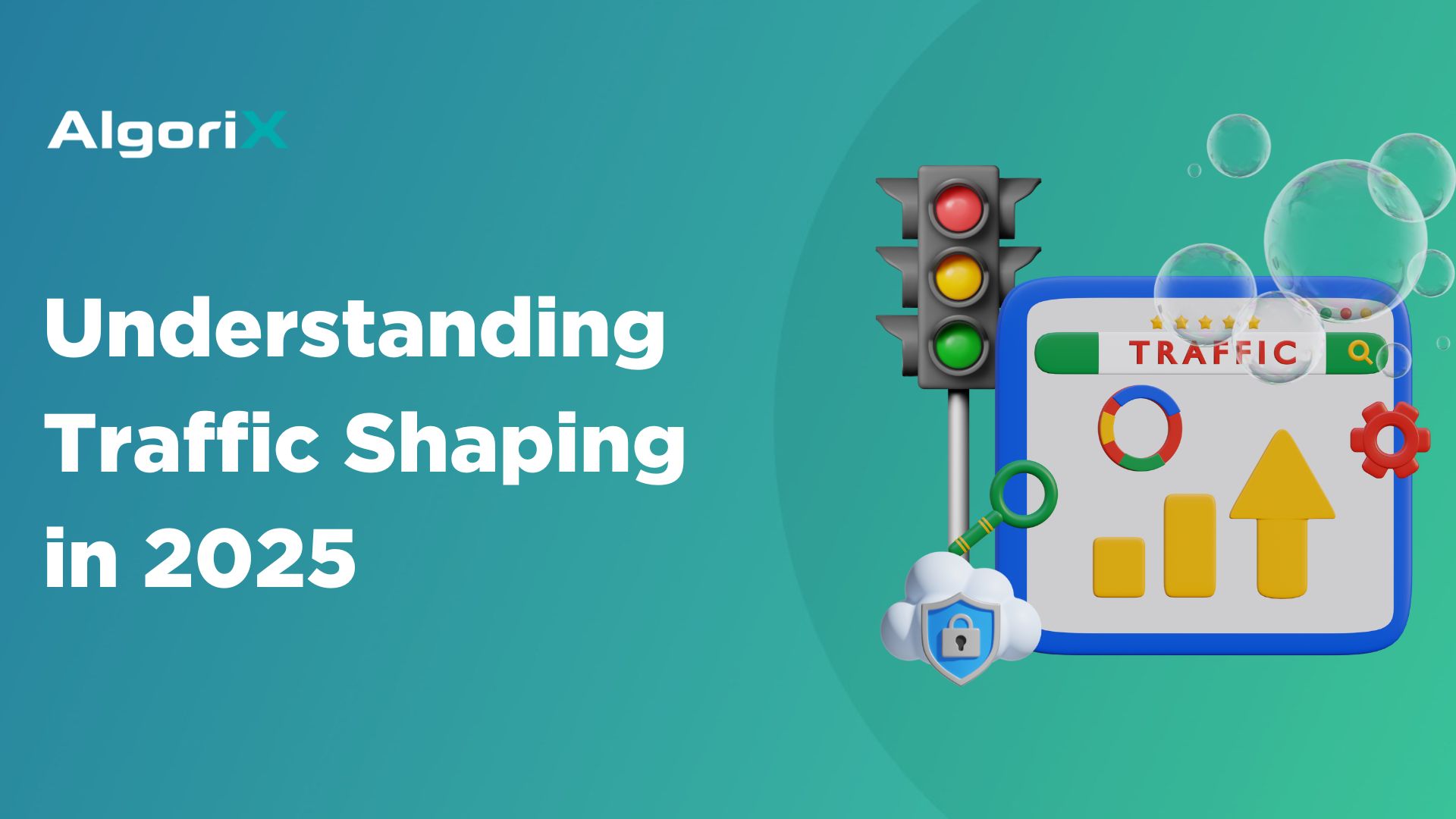As the first quarter of the new decade has passed, it is worth noting that the current landscape of digital advertising continues to gear towards mobile devices and installed apps, which are mainly dominated by both Facebook and Google.
Given this, numerous publications and experts are citing the importance and benefits of launching mobile in-app advertising. Interestingly though, a good number of organizations still fail to leverage it for their campaigns.
Why? Perhaps the answer lies in the limitation of both the knowledge and technology of these organizations. To resolve this gap, app publishers and agencies must, therefore, consider providing an answer to this lack of knowledge and technology. Part of this process is communicating the current in-app advertising trends for the new decade.
3 Top In-App Advertising Trends You Should be Doing
A review of the first quarter of digital advertising trends shows that in-app advertising would remain focused on mobile. That said, organizations must be able to pool their resources and invest much of it towards amplifying their mobile presence.
Here are the current trends shaping the digital advertising industry:
1. Mobile Video Advertising
Mobile video advertising is among the most prominent marketing tools that most advertisers are leveraging to get their products out there. More and more are developing video clips and mini-games with positive reception from consumers. These methods are rapidly displacing traditional mobile advertisements. Traditional banners and desktop display formats are now becoming obsolete as consumers are clamoring for highly engaging display ads that are positioned to adjust to the consumption habits of the target audience.
Advertisers should now look into the growing popularity of connected TVs (CTVs) and over-the-top advertising (OTTs) and how they can be effectively integrated into mobile devices to provide the convenience that most consumers are craving for.
2. Native Advertising
While native advertising has been in existence for several years, not many have truly exploited it for their campaigns. For the first quarter of 2020, we see numerous publishers and advertisers leveraging native advertising, with Statista expecting native advertising spending to hit US$52.7 billion, which is roughly 64.8% of advertising spending of all digital display. Consumers are getting smarter, and they can easily spot if a particular content is targeting them.
As such, advertisers are now shifting their gears toward pumping much of their promotions via native advertisements. Most consumers would interpret it as a recommended content by their inner circle or as part of a website’s editorial entry. In short, they are not considered disruptive at all. Another great thing about native advertising is that it can be easily integrated into any omnichannel campaigns.
For publishers and advertisers, this means that they need to invest in producing a wider variety of ad types across different platforms. Given this, there must be a shift towards more programmatic advertising.
3. Augmented Reality
Augmented reality (AR) is an emerging trend in the advertising industry. As technological advancements become apparent, augmented reality is no longer limited to gaming apps. In fact, it is changing the trajectory of digital advertising for 2020 and beyond. By making advertising as interactive as possible, they open the possibility of reaching out to their consumers in a whole new concept. By the end of 2020, there will be an estimated 1 billion users of augmented reality, and organizations that want to take a sizeable chunk of that number should start looking at this technology for their in-app advertising campaigns.
What can we derive from these trends? Advertising in 2020 is all about providing a personalized mobile experience for consumers. Advertisers, publishers, and app developers should keep in mind that the direction of demand is towards mobile in-app advertising.
Want in on this in-app advertising trend? Contact us and we’ll let you know how AlgoriX can help you make that shift to programmatic advertising that would increase your bottom line.













